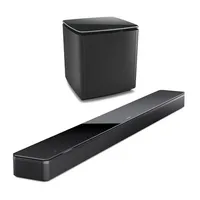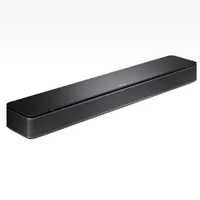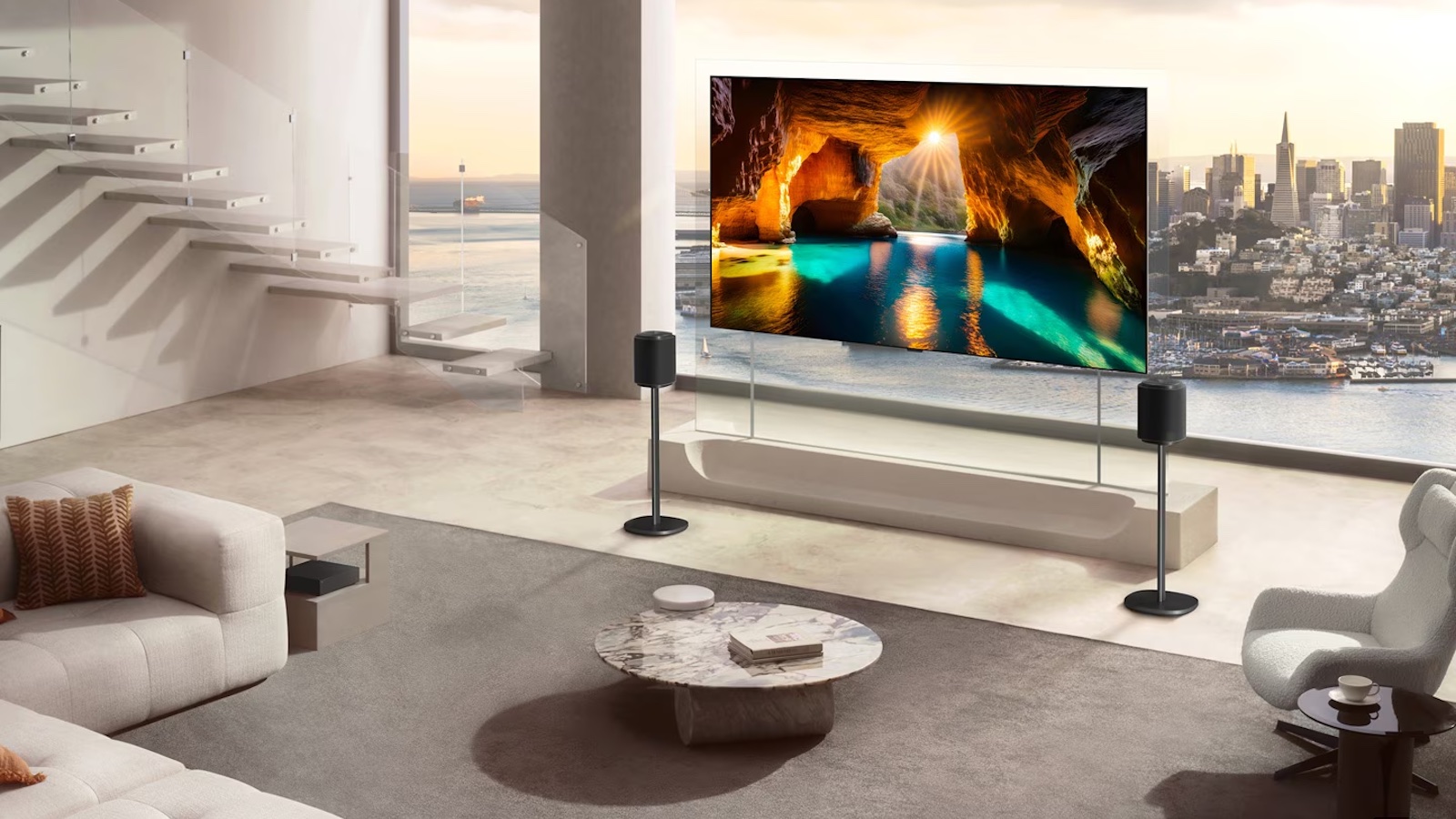Should you buy a Bose soundbar? Are they any good?
Even with a discount, is a Bose soundbar worthy a place in your lounge?
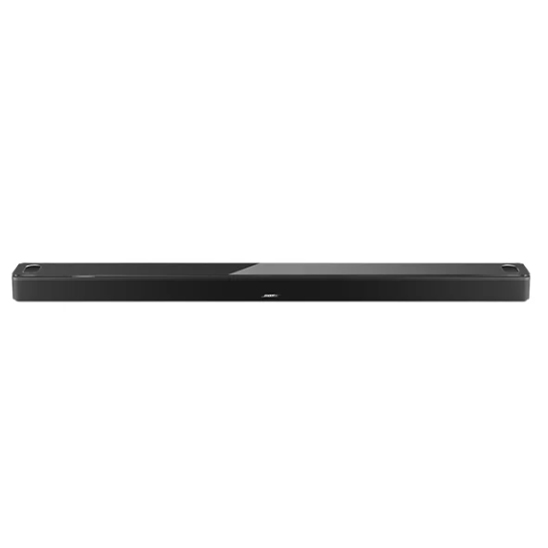
Bose has been a stalwart of the hi-fi scene for nearly 60 years now but in its more recent past, the company's audio remit has expanded somewhat to include smart speakers and Bose soundbars.
It's the latter we're dealing with here. A soundbar is a speaker that sits beneath your TV and aims to create the effect of surround sound. Not only can they be cheaper than full 5.1 systems, but they're also more compact too, as there are no separate speakers to place around the room (and no cables to trip over).
Thanks in part to the strength of the Bose brand name, Bose soundbars have become increasingly popular, with a reputation for quality but perhaps at a price. So is this fair? And should you buy a Bose soundbar? And what else should you consider before you decide? We're here to answer all those questions, and probably a few more.
Should you buy a Bose soundbar? Which are the best Bose soundbars?
The most recent Bose soundbar to pass through our testing labs was the Dolby Atmos-enabled Bose Smart Soundbar 900, priced at £849 / $900 / AU$1399, which garnered a respectable four stars from us. We loved its glacial style, innovative streaming features, app user experience and all-around specification, but the overall sound performance, particularly concerning Atmos and upmixing, was found lacking compared to alternatives such as the Sonos Arc and Sony HT-A700.
Designed for 50-inch TVs or larger, the Bose Smart Soundbar 900 has an eye-catching aesthetic, with rounded corners, a metal grille and a polished, impact-resistant tempered glass top. Available in black or arctic white, the sparkling surface looks sleek with a pair of lozenge-shaped cutouts in the glass topper for two dipole, up-firing transducers.
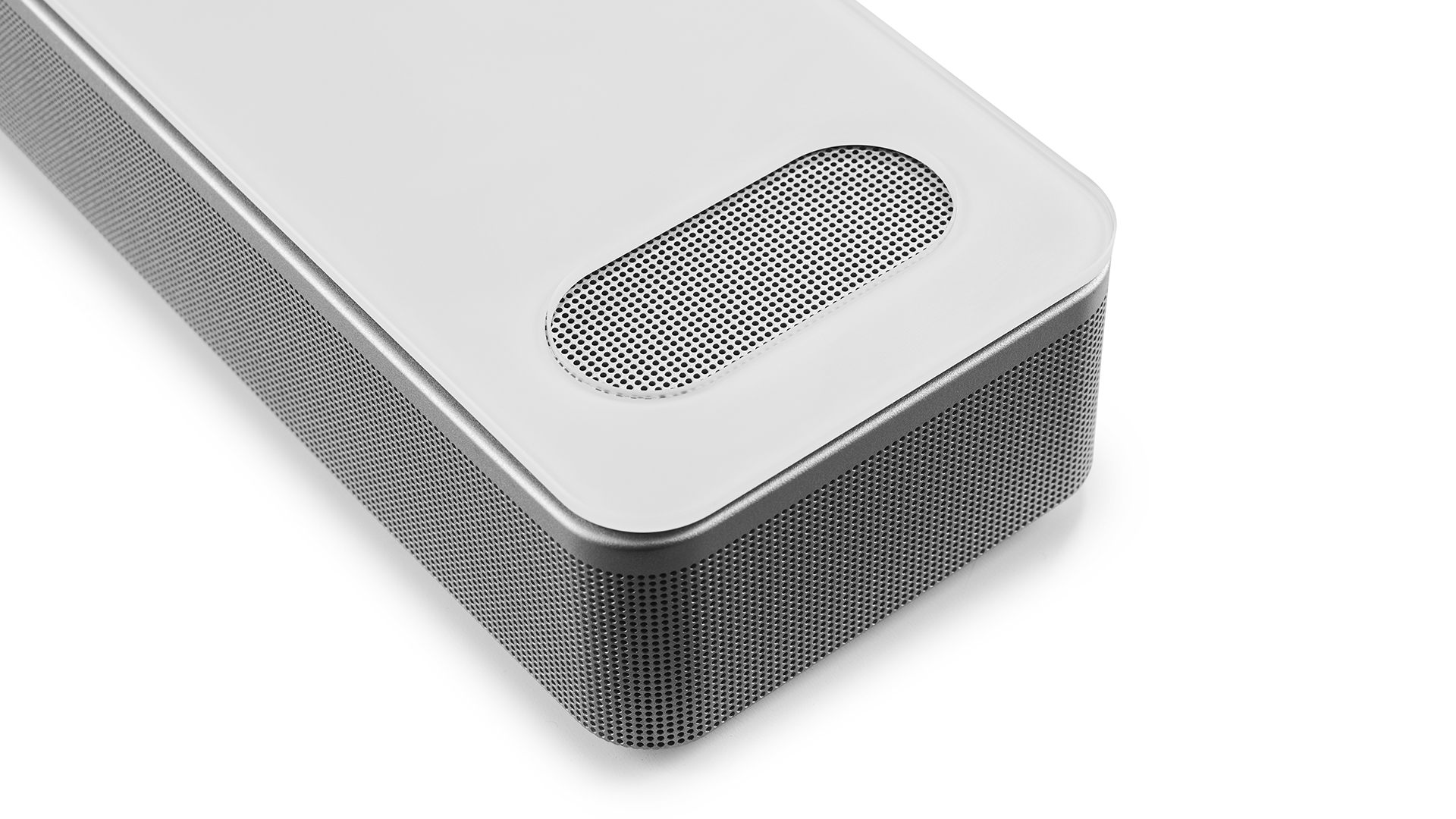
Altogether, the Soundbar 900 has nine channels of amplification, two fewer than the Sonos Arc. As well as the pair of height drivers, inside, you’ll find one centre tweeter flanked by four racetrack transducers. Despite the appearance of its completely wrap-around grille, there are no side-firing drivers. Instead, two further transducers on the far left and right use Bose's PhaseGuide technology to beam multi-directional sound to distinct areas in your room.
The chassis also houses a built-in microphone array used to activate either of the supported voice assistants – Amazon’s Alexa and Google assistant. The onboard Alexa also allows users to make and receive intercom calls to other Bose smart products and Amazon Echo devices, or make hands-free calls to anyone from within your contacts list, a neat and pretty unique feature. Meanwhile, Bose’s Voice4Video feature further expands Alexa's capabilities by enabling users to turn on and control their TV or satellite box using their voice.
The latest hi-fi, home cinema and tech news, reviews, buying advice and deals, direct to your inbox.
The Bose Music app is also where you’ll find ADAPTiQ, Bose’s room calibration software, which quite novelly requires you to wear a headband with a microphone on the top as you sit in multiple listening locations around your room. It's surprisingly less fiddly than other optimisation techniques we’ve tried before and relatively effective with the option to toggle the resulting changes on and off.
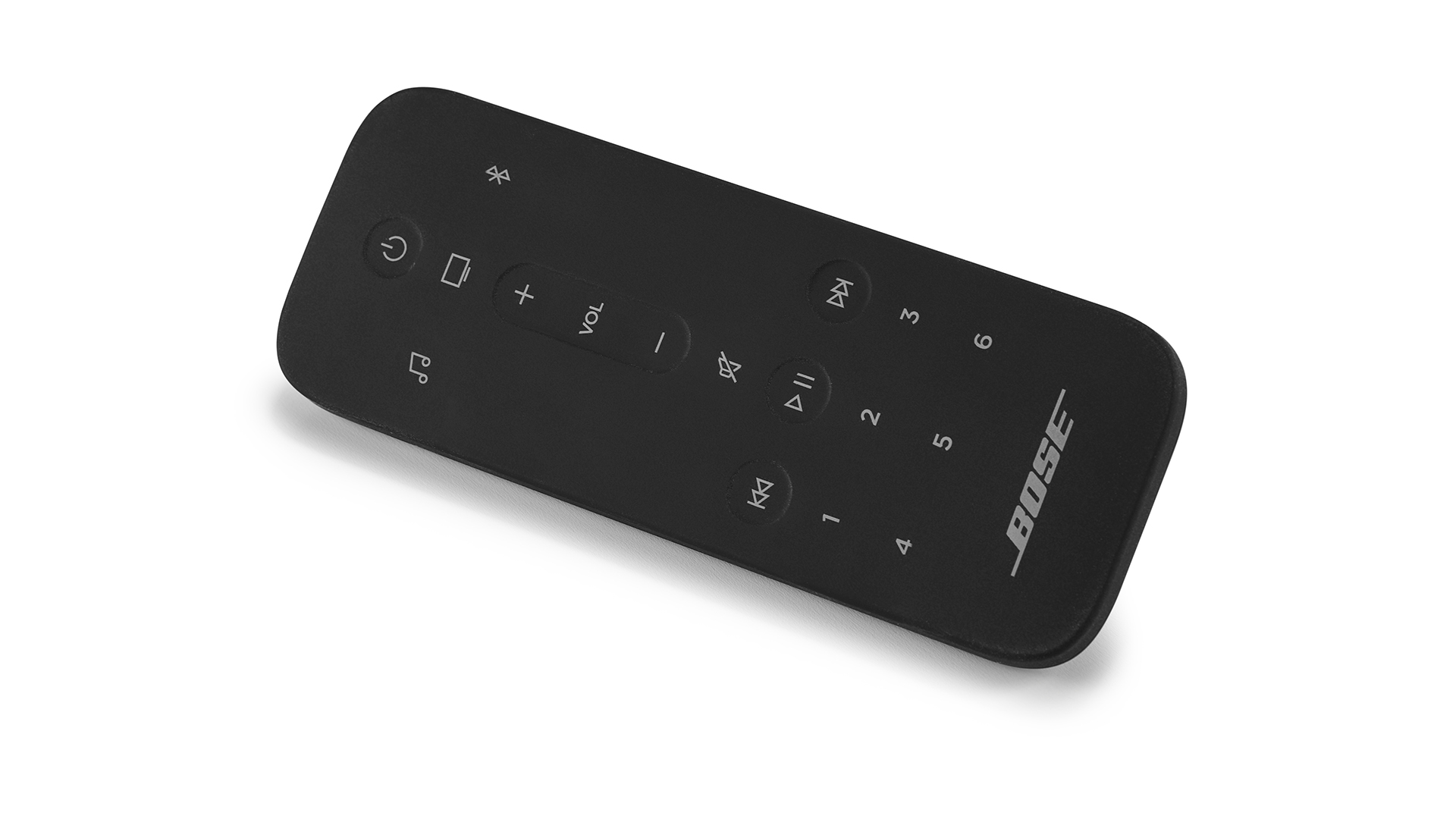
Sound format support for the Soundbar 900 is fairly partisan, with decoding only available for Dolby Atmos, Dolby Digital, Dolby TrueHD and Dolby Digital Plus. All non-Atmos content is automatically up-mixed using Bose’s TrueSpace technology. This means that regardless of whether you’re watching a film in 5.1 or streaming a track in stereo, the Soundbar 900’s internal DSP will decide when and when not to use the height transducers. Unfortunately, there is no way to disable this AI feature, and although sometimes it adds a welcome depth, it can alter the tonal character of the audio. Frequently this can make the soundscape more entertaining, but it's somewhat inconsistent in its effectiveness and occasionally adds its own organisational structure.
Physical connectivity is limited to a single HDMI eARC port, an optical in, ethernet and a USB socket. While it’s a shame that there’s no extra HDMI passthrough, there’s a decent selection of options for streaming content with wi-fi, Bluetooth 4.2, Spotify Connect, AirPlay 2 and Chromecast.
The Bose Soundbar 900 is a good effort for the company's first-ever Dolby Atmos speaker. Still, if you’re looking for the ultimate premium Atmos soundbar, we’d suggest spending that minimal amount extra for the added height, transparency, musicality and dynamics of the Sonos Arc.
Bose Smart Soundbar 900 £899 £839 at Electric Shop (save £60) Available only in black, this slick soundbar has all the spec you'd expect from Bose with wifi connectivity, Airplay, Bluetooth, Chromecast and multi-room streaming. Sonically it produces n impressively wide soundfield and an articulate and crisp Dolby Atmos performance.
- The Bose Soundbar 900 vs the Sonos Arc: which is the better Atmos soundbar
What about non-Atmos Bose soundbars?
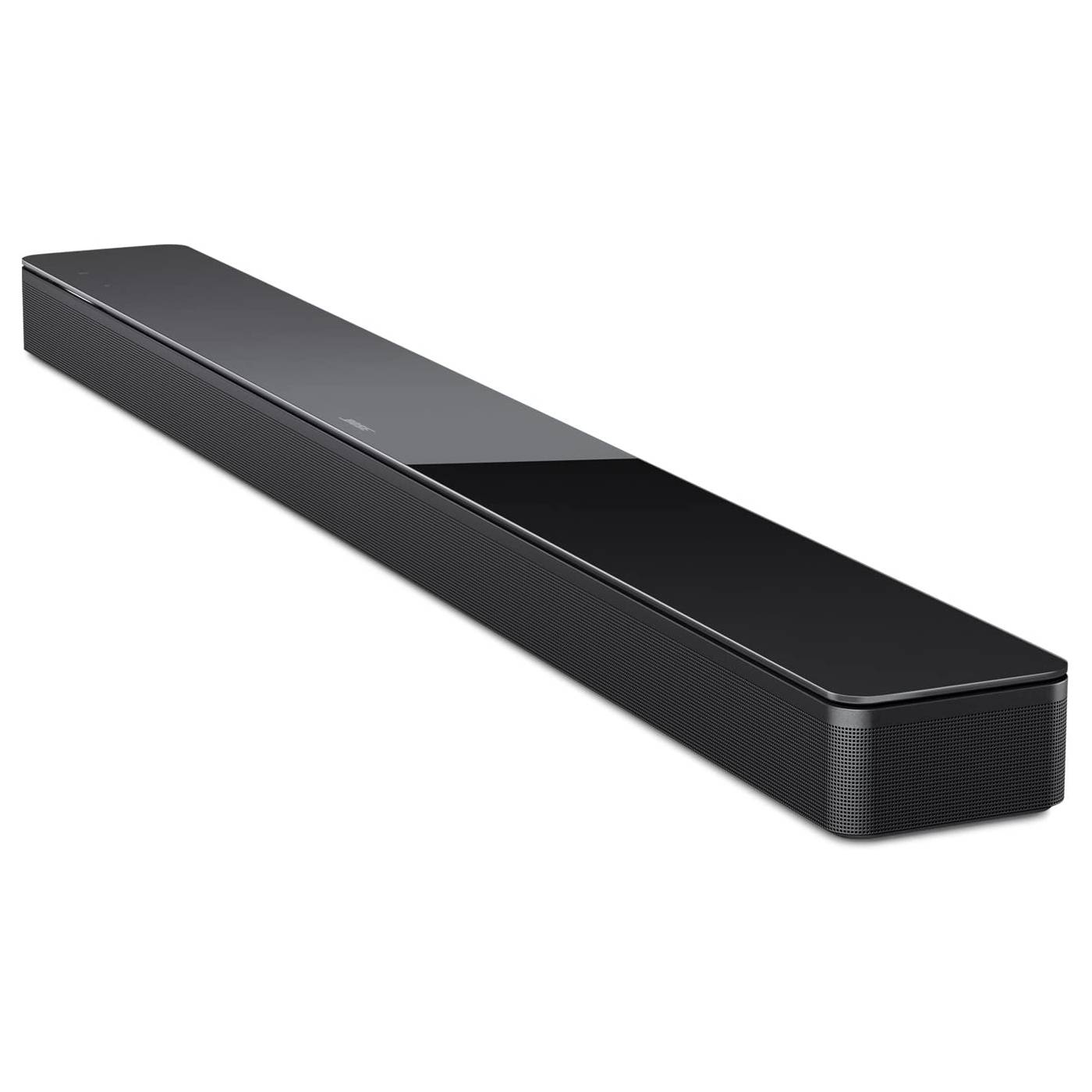
The Bose Soundbar 900 has a similar build to its non-Atmos enabled predecessors including former range-topper the Bose Soundbar 700 which boasts a similar symbiotic feature set as the 900 such as the ability to pair it with Bose wireless headphones and control them both independently. This means you can mute the soundbar and crank up the volume on your cans. That way, you can enjoy action flicks as loud as you want without disturbing anyone else in the room.
The Google Assistant and Amazon Alexa personal assistants come built-in, so you can simply speak your commands without lifting a finger. A neat light lets you know at a glance whether the personal assistant is listening, thinking or speaking, so you're in no doubt as to what's happening.
It supports Apple Music, Spotify, Deezer and Amazon Music, as well as Apple AirPlay 2, Bluetooth and wi-fi wireless technologies. The bundled remote is pretty cool, too - it only lights up the buttons you need for your chosen action, which simplifies things considerably. The Soundbar 700 launched at £799 / $699 / AU$999 but it can often be found discounted.
If your budget won't quite stretch to the Soundbar 700, the Bose Soundbar 500 might be more you. This £499 / $499 /AU$799 model also comes with Alexa and Google Assistant, wi-fi, Bluetooth and Apple AirPlay 2. There's also the same Adaptiq Audio Calibration tech for fine-tuning the sound to match your room layout.
It has a slimmer profile than the Soundbar 700, but also a little less oomph. But it too can send audio to a pair of wireless headphones that can be controlled independently, so you can tuck into a boxset while your other half snoozes on the sofa.
Bose Smart Soundbar 700 £730 £620 Amazon (save £110) Available only in black, this non- atmos predecessor of the 900 (above) isn't a model we've tested but is as feature-heavy as they come with wifi connectivity, Airplay, Bluetooth, Chromecast and multi-room streaming. You can also pair it with Bose wireless headphones and control them both independently. The Google Assistant and Amazon Alexa personal assistants come built-in, so you can simply speak your commands without lifting a finger.
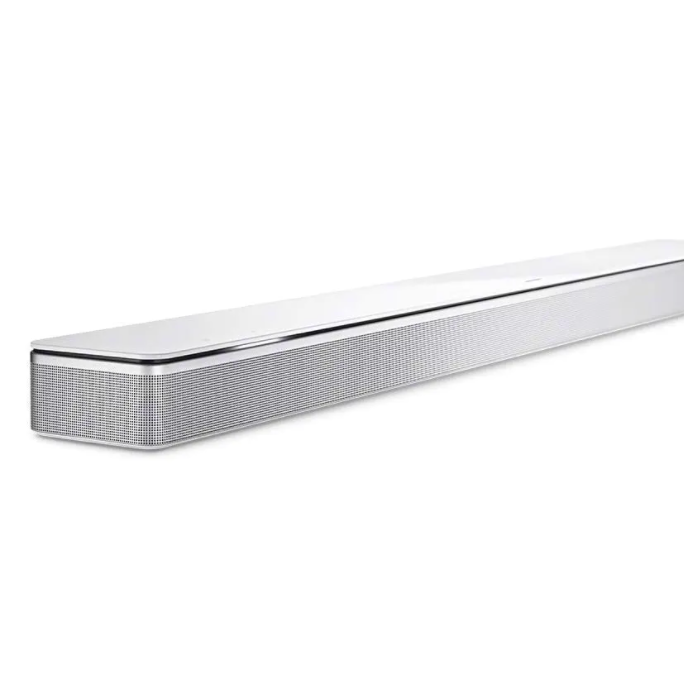
Next is the accessible Bose Soundbar 300 priced at £450 / $400 / AU$649. Like its bigger siblings, it's equipped with Apple Airplay 2 and Bluetooth as well as Spotify Connect, Amazon Alexa and Google Assistant. There's also Bose's Voice4Video technology which means that, in addition to controlling your Bose Smart Soundbar 300 with Alexa, you can control your TV and cable or satellite box with your voice. No remote (although it does come with one) and no buttons.
Its main differentiator is its size. At just over 2-in high and 26-in long it should sit neatly under your TV and houses just four, full-range drivers.
Finally, the cheapest Bose soundbar is the Bose TV Speaker. This is much more basic than the Bose Soundbar models - there's no wi-fi, no Apple AirPlay 2, and several of the more advanced features are missing. Thankfully, this is reflected in the price. It will set you back around £239 / $279 / AU$415.
Bose TV speaker £270 £230 Amazon (save £40) We haven't tested Bose's entry-level soundbar but it's a small, discreet model for those who want a simple upgrade to their TV's sound and hear dialogue more clearly. It has ARC connectivity and Bluetooth streaming and is compatible with the Bose bass module 500/700.
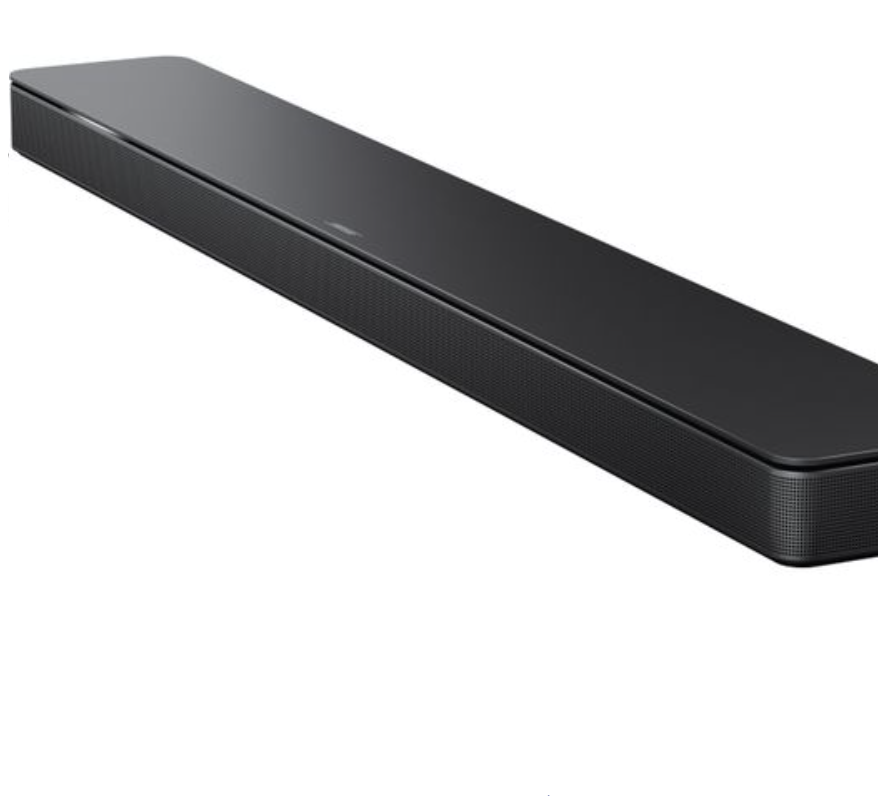
Should I buy a Bose soundbar?
The latest Bose soundbars span a wide range of budgets, from pretty pricey to bargain bin. Depending on your needs, there could well be something for you especially if you already own kit from the brand and want to take advantage of its interoperability features.
The top-of-the-range Bose Soundbar 900 has all the features you could want, including voice assistant support and music streaming services built right into the Bose app as well as Dolby Atmos sound. The cheaper models, meanwhile, are more compact and less intrusive and could be a good option for those on a tighter budget.
We haven't tested these models yet, so can't give a definitive verdict. But Bose products usually deliver decent sound, so there's good reason to expect the same of these soundbars. But don't take it for granted just because there's a prestigious name attached. In previous years we've been less than impressed with Bose's soundbars, awarding the SoundTouch 300 a disappointing three stars back in 2019 as its audio performance just didn't live up to its feature-set or the competition.
So are Bose's more recent endeavours the best sound-per-pound value performers? In truth, and based on all the soundbars we've reviewed over the years, there's a fair chance there will be a better value found elsewhere.
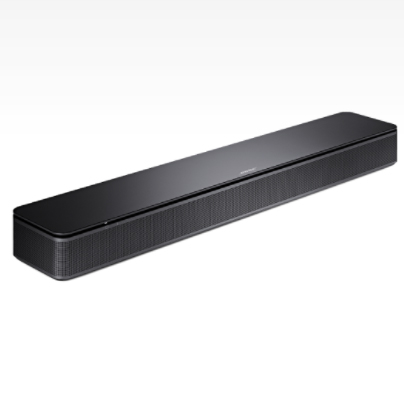
Our verdict
If you see a deal on a Bose soundbar, it could prove a wise investment. But don't just go splashing the cash as soon as you see a discount: check the feature set first, as the cheaper models are much lower spec than their pricier siblings.
Look out for Bose's Adaptiq Audio Calibration tech (which calibrates the audio output to match your room), wireless tech like wi-fi, NFC and Apple AirPlay 2, and voice assistant support if you want to control it with your voice. This will also be useful if you have other smart home appliances dotted around the house (like lights and thermostats), as you can control them from your soundbar.
Of course, your options aren't confined to Bose. And it may well be you can get better sound performance, in relation to money spent, from looking elsewhere.
Have a look at our best soundbars guide to see our top-rated models to suit all budgets. The Sonos BeamGen 2 is currently the soundbar to beat, thanks to a thrilling combination of awesome performance and reasonable price. Those wanting to spend a little more could be taken with the Sonos Arc or Sony HT-A7000, while those on a tight budget will want to check out the Majority Sierra Plus.
Or you could go all in on a surround sound speaker package. In which case, you'll be wanting our guide to the best speaker systems.
Whichever option your choose, it should represent a solid upgrade on your TV's sound...
MORE:
Best soundbar deals 2022: Sonos, Sony, Q Acoustics, JBL, LG and more
Best budget soundbars 2022: excellent, affordable TV speakers
Bose TV speaker £270 £230 Amazon (save £40) We haven't tested Bose's entry-level soundbar but it's a small, discreet model for those who want a simple upgrade to their TV's sound and hear dialogue more clearly. It has ARC connectivity and Bluetooth streaming and is compatible with the Bose bass module 500/700.
Bose TV speaker £270 £230 Amazon (save £40) We haven't tested Bose's entry-level soundbar but it's a small, discreet model for those who want a simple upgrade to their TV's sound and hear dialogue more clearly. It has ARC connectivity and Bluetooth streaming and is compatible with the Bose bass module 500/700.
Bose TV speaker £270 £230 Amazon (save £40) We haven't tested Bose's entry-level soundbar but it's a small, discreet model for those who want a simple upgrade to their TV's sound and hear dialogue more clearly. It has ARC connectivity and Bluetooth streaming and is compatible with the Bose bass module 500/700.
What Hi-Fi?, founded in 1976, is the world's leading independent guide to buying and owning hi-fi and home entertainment products. Our comprehensive tests help you buy the very best for your money, with our advice sections giving you step-by-step information on how to get even more from your music and movies. Everything is tested by our dedicated team of in-house reviewers in our custom-built test rooms in London, Reading and Bath. Our coveted five-star rating and Awards are recognised all over the world as the ultimate seal of approval, so you can buy with absolute confidence.

